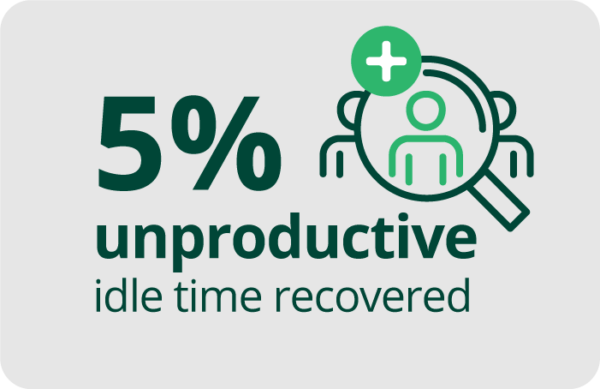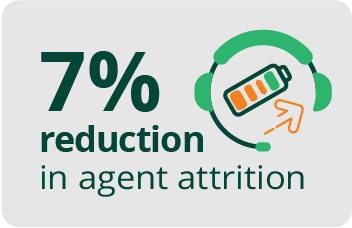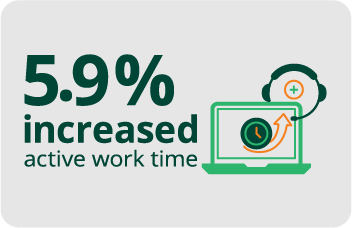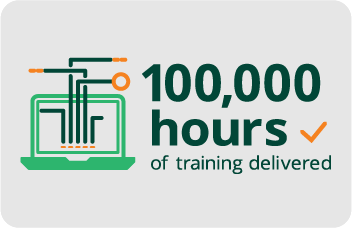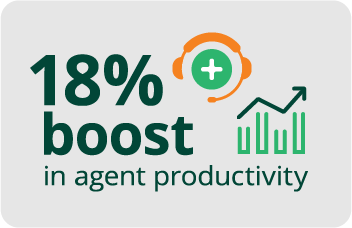Financial Services Company Saves $3 Million
Significantly reducing costs and driving customer experience

$3 Million
in savings
by 2020

20-30%
transitioned to remote model

8,000
training sessions delivered
Results with Contact Center Automation
About the Solution
With automation, they sent urgent company updates directly to agent desktops and ensured agents received training when time and service level conditions permitted. When it came to their customers needing assistance with their life events, the company ensured agents were available to make that human connection and provide outstanding care.
Trusted By:Trusted By:





